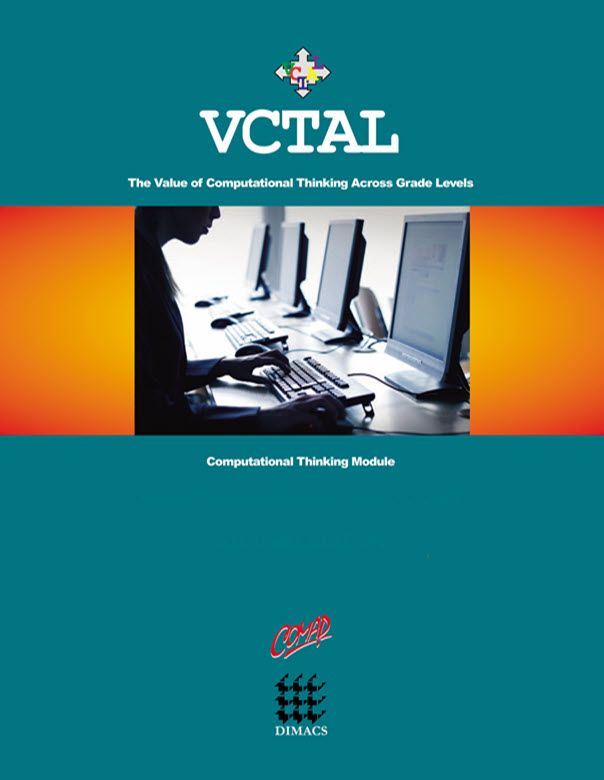Network Capacity (Teacher)
Author: Aaron D. Jaggard and James M. Kupetz
What Is Computational Thinking?
Computational thinking is a high-level thought process that considers the world in computational terms. It begins with learning to see opportunities to compute something, and it develops to include such considerations as computational complexity; utility of approximate solutions; computational resource implications of different algorithms; selection of appropriate data structures; and ease of coding, maintaining, and using the resulting program. Computational thinking is applicable across disciplinary domains because it takes place at a level of abstraction where similarities and differences can be seen in terms of the computational strategies available. A person skilled in computational thinking is able to harness the power of computing to gain insights. At its best, computational thinking is multidisciplinary and cross-disciplinary thinking with an emphasis on the benefits of computational strategies to augment human insights. Computational thinking is a way of looking at the world in terms of how information can be generated, related, analyzed, represented, and shared.
Module Background
This module uses networks that are familiar to students (such as phone and Internet) to motivate modelng capacity and demand in other settings, such as school hallways, using simple networks. It concentrates more on allowing students to experiment with and think about networks and network capacity, rather than describing the algorithms used to determine optimal network settings or behavior. Students simulate the likelihood of congestion delay using rolls of dice (and later Excel spreadsheets) to consider issues of capacity when constructing networks and/or routes. Students come to understand the difference between average and peak demand and the costs associated with adding new capacity. As students run simulations many times, and as they look at more complex simulations, they see the essential role that computers play in this approach. This module is appropriate for mathematics and computer science classes grades 11-12.

Mathematics Topics:
Application Areas:
Prerequisites:
You must have a Free Educator Membership or a paid Full Membership to download this resource.
If you're already a member, login here.